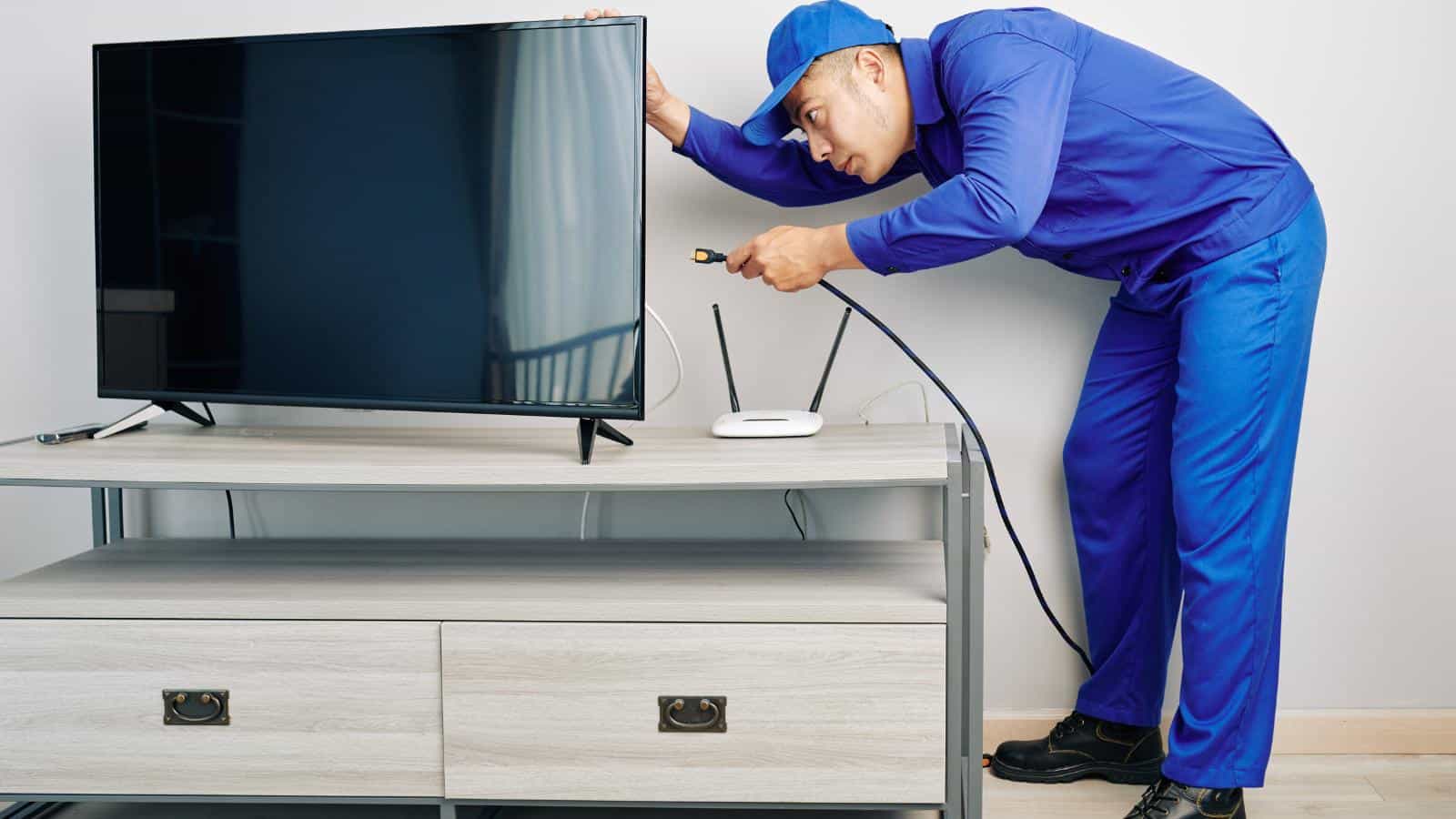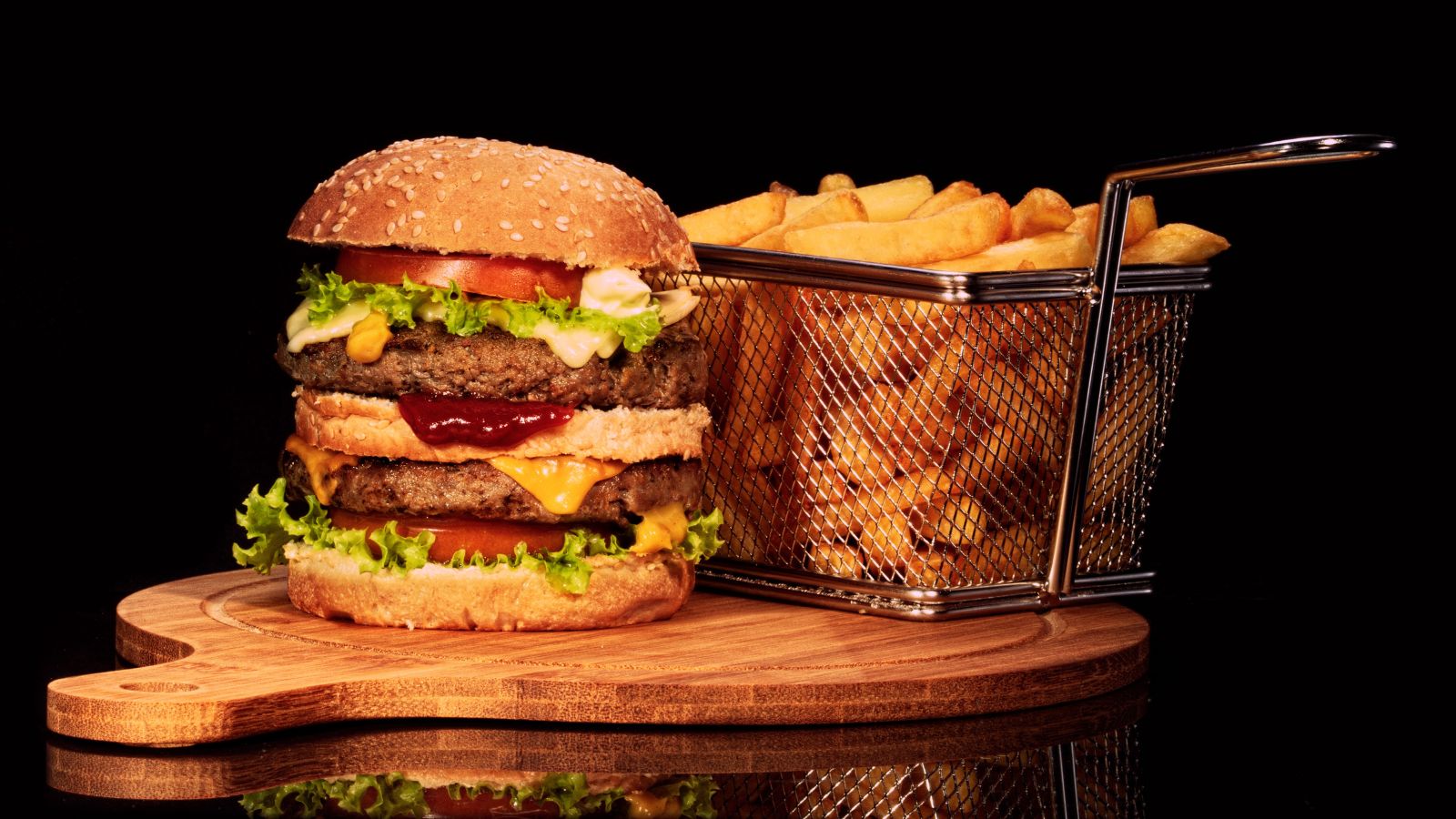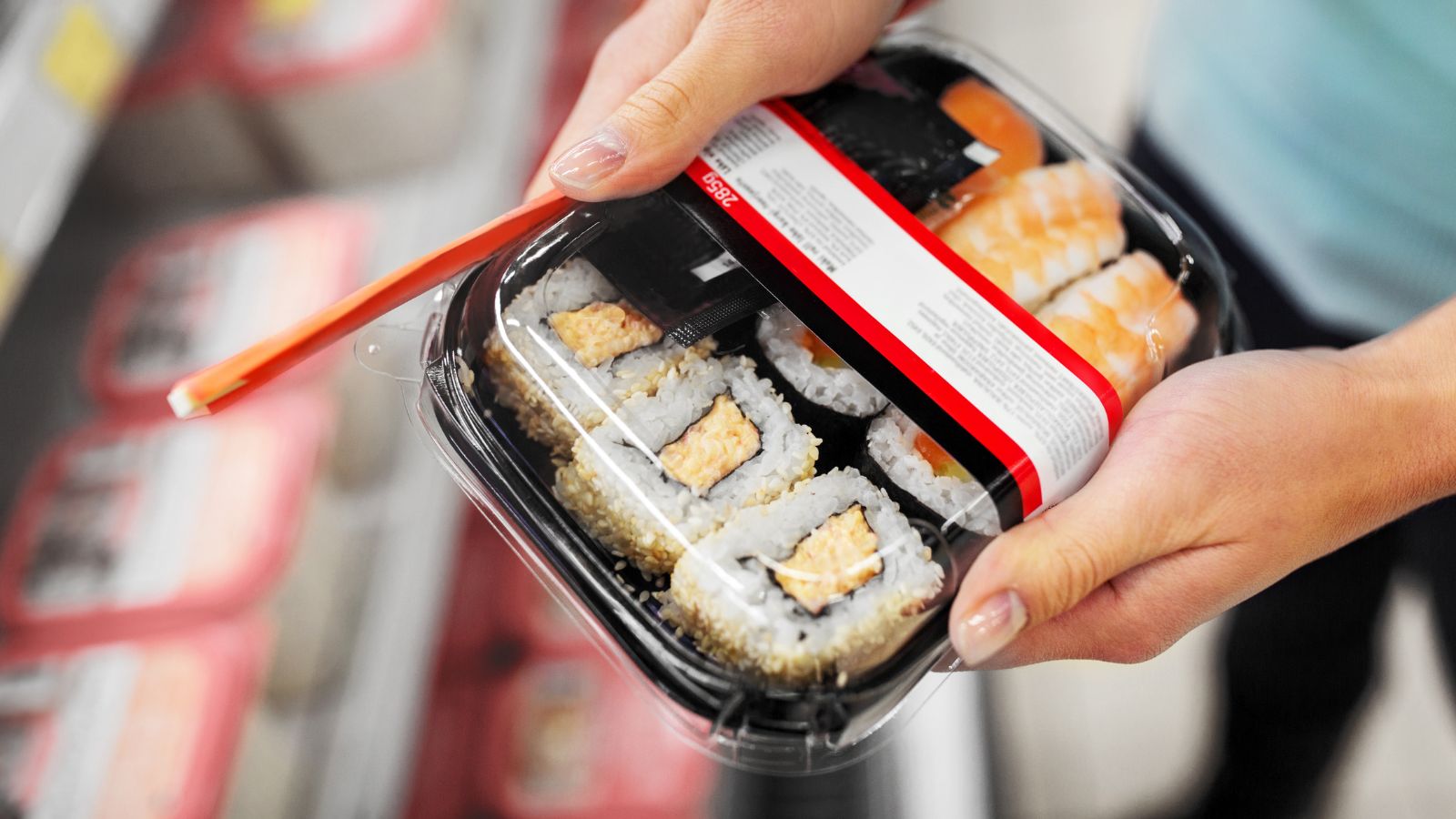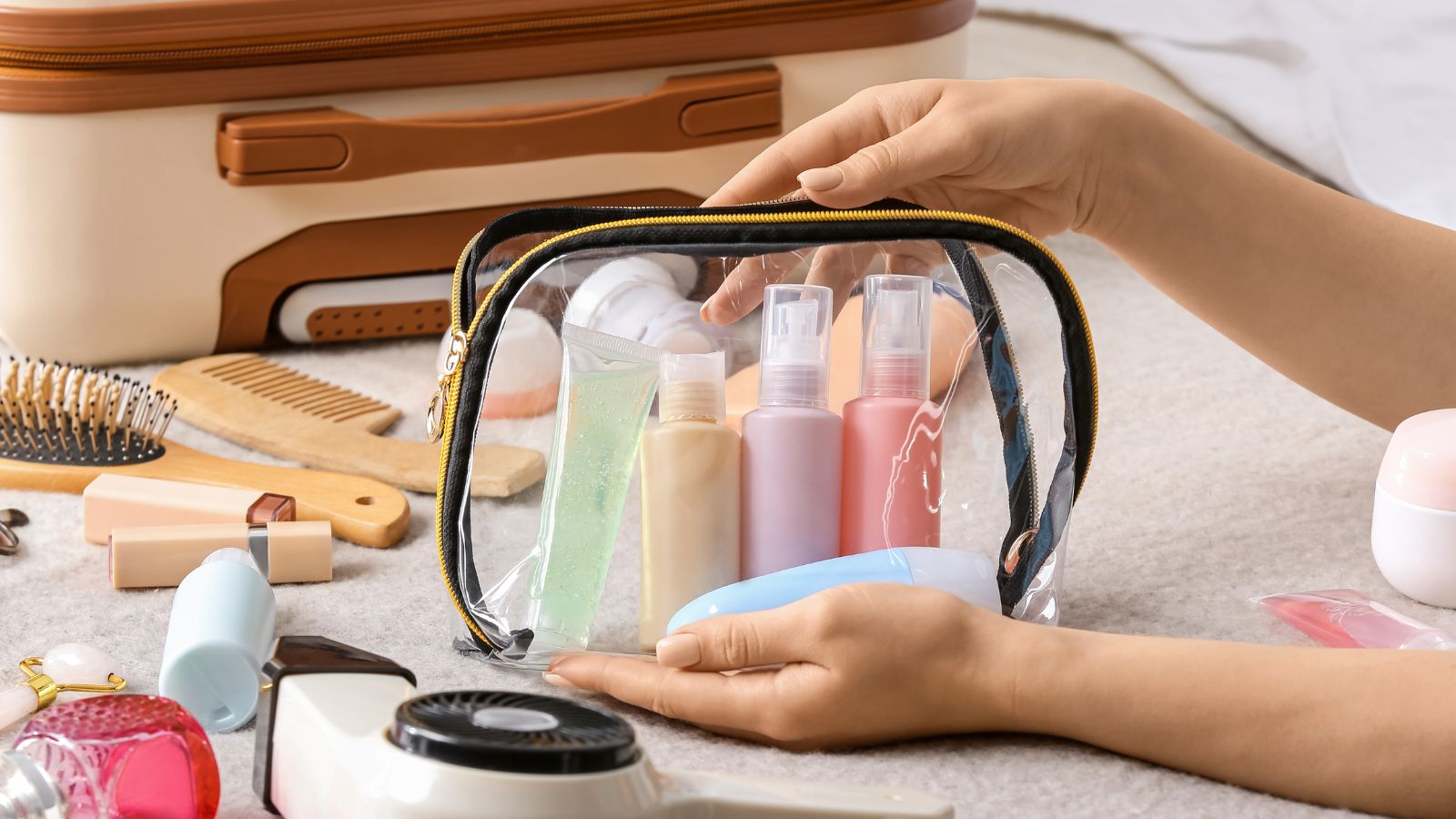Shrinkflation isn’t just happening on supermarket shelves—it’s affecting nearly every aspect of our lives. Services and products that used to be amazing are now expensive, and we’re also getting less back for the high price. In this list, we share some of these with the worst margins between quality and cost compared to before.
Cable Television

Cheaper streaming services that let you watch whatever you want on-demand mean that cable television might not be worth it anymore. Forbes reports that “the decline in viewing on most cable networks continued in 2023.” With rising prices, poorer quality channels, and often bad customer service, it’s easy to see why.
Fast Food

You would think that gradually decreasing servings at fast-food restaurants would mean lower prices, but recently, that’s not been the case. Increasing prices and lower-quality ingredients mean that fast food just isn’t as good as it used to be, and it’s really not worth the price either.
College Textbooks

Suffering college students have been battling with textbook costs that outpace inflation for years, and they’re only getting worse. Even when some textbooks are rushed to print and may have small errors or be made with lower-quality materials, the prices keep going up with no end in sight.
Health Insurance

The health insurance struggle will not be unfamiliar to many households across the UK. Premiums and out-of-pocket costs are shooting up, but often, network choices are narrowing, making it more difficult to get the help you need. Some plans are so complicated that it’s difficult to know what is and isn’t covered.
Mobile Phones

Don’t worry; you’re not alone if you feel like your smartphone lasts a lot less time than it used to before you need to upgrade. The NYT found that “many smartphones are designed to be replaced every two or three years.” Updates slow down older models, increasing sales for newer phones.
Furniture

Antique furniture can be a great secondhand find because many items just aren’t made how they used to be. There’s been a decline in craftsmanship and a move towards mass-production in furniture, with cheaper materials but sometimes expensive prices. Instead of solid wood, common materials these days are particle boards and veneers.
Air Travel

It seems like there’s a fee for everything when you travel by plane. You pay for checked bags, choosing your seat, and sometimes even your carry-on luggage. But meal services are becoming lower quality and legroom seems to be getting smaller by the day.
Clothing

The BBC suggests that “the fashion industry is responsible for 8-10% of global emissions,” which is “more than the aviation and shipping combined.” Clothes, especially in mid-range brands, are gradually getting more expensive, but quicker production means lower quality items. Worn-out clothes also cause a lot of waste.
Cars

Although modern cars are much safer and better quality than those that existed a long time ago, they’ve recently become more dependent on technology and are sometimes built with cheaper materials. Repairing newer cars is expensive, and their prices are increasing overall as well.
Medications

Anyone who has to take regular medication knows that prices can go up quickly and relentlessly. It’s a difficult struggle to handle alongside managing health conditions, especially when people often don’t have many options for which medication to buy. As well as this, some generic medications might not be as effective or safe.
Software Subscriptions

Recently, it seems like nearly every major software that you need for day-to-day life has become a subscription service instead of a one-time purchase. Different subscription levels mean you might miss out on features, and updates can be confusing or cause errors in your important files.
Home Appliances

Unfortunately, you may find yourself replacing your home appliances sooner than ever before. USA TODAY’S Reviewed confirms that “the lifespan of most appliances built today is indeed shorter than it was decades ago.” Fancy technological features can also cause a huge price markup for newer models.
Packaged Food

Now for the product that practically coined the term “shrinkflation”: packaged food. Whether it’s chocolate bars or bags of chips, everything seems to be getting smaller while the prices continue to rise. There’s also more of a reliance on preservatives to make food last longer, reducing nutritional value.
Pet Care Products

Looking after our animal friends has never been more expensive. Pet food prices are going up while manufacturers add more fillers and less meat to their formulas. Packages decreasing in size with the same price tag or even a higher one are also an issue.
Dining Out

It’s nice to be able to go out for a meal once in a while, but menu prices are getting staggeringly expensive, and smaller serving sizes are becoming the norm. Cheaper ingredients can help restaurants maintain profit margins, but they don’t taste as good as their higher-quality alternatives.
Wine

Wine drinkers may have to choose a different alcoholic beverage. As well as bulk production of wines that aren’t aged properly, so the flavors can’t mature, CBS News discovered that “the world’s traditional wine regions, from Europe to Southern California, are at risk of almost completely disappearing within decades” due to climate change.
Personal Hygiene Products

Looking around your local drugstore, you might have noticed that bottles and containers seem to be shrinking while prices stay the same or get higher. That’s not the only problem, though—companies are focusing on marketing over quality, so their products may have cheaper ingredients in order to finance advertisements and packaging.
Coffee

For many coffee lovers, shelling out more money for an amazing cup of joe in the morning is just a part of life. However, many brands are using lower-quality beans hidden in attractive packaging, so the quality of your cup of coffee may be decreasing by the day.
Sports Gear

Finally, let’s look at a product you might not have considered: sports gear. Companies often focus on their branding and trends, meaning that durability, performance, and material quality get left behind. You could be paying a premium for an exclusive brand that is actually no better than the cheaper ranges.
Up Next: 17 Phrases Older People Use That No One Else Gets

Each and every generation has its own phrases and sayings that separate it from the rest, and the boomers certainly have plenty. Discover 17 popular boomer phrases that aren’t often used today and what they mean. Maybe you’ll want to bring some of them back!
17 Phrases Older People Use That No One Else Gets
People Who Don’t Show Empathy Usually Have These 18 Traits

The world would be a better place if everyone had a little more empathy. But sadly, in reality, some people show much less empathy than we’d like. Here are 18 traits of people who don’t show empathy.
People Who Don’t Show Empathy Usually Have These 18 Traits
The 17 Unhappiest States in America

The US has hit an all-time low position in the World Happiness Index, tumbling to 23rd in 2024. However, it’s important to remember that location is an important factor; many US states are very happy, unlike the following 17 US states that appear to be the most unhappy.
